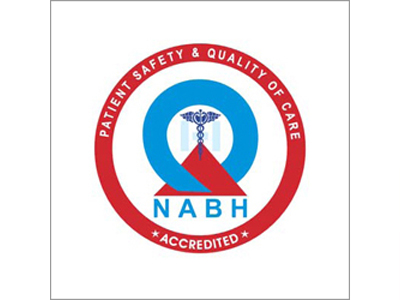A review by Dr Sayan Basu and others, including researchers from Moorfields Biomedical Research Centre and Singapore National Eye Centre, discusses the etiopathogenesis, diagnosis, and management of drug induced cicatrizing conjunctivitis. The review also includes a case series of 23 patients (42 eyes) with anti-glaucoma medication induced DICC from India and the UK.
It has been estimated that there were 76 million people with glaucoma around the world, in 2020. While its treatment follows various therapeutic options, one of the primary goals of treatment for glaucoma involves reducing intraocular pressure (IOP). Many patients are prescribed topical medications to achieve this, which require long-term adherence and can lead to side-effects.
The preservatives used in topical anti-glaucoma medications (AGM) when used long-term can lead to scarring of the conjunctiva, a condition known as drug induced cicatrizing conjunctivitis (DICC). DICC presents like mucus membrane pemphigoid (MMP), an autoimmune condition that leads to blisters in mucosae (DICC is also called a ‘pseudo’ pemphigoid), but does not have any immunopathology and is not progressive in most patients who have stopped the AGM. Once the medication is stopped, DICC should subside as well. However, DICC diagnosis is complex as it can occur in multiple forms (including a progressive form that may occur along with MMP) and interacts with existing conditions. The condition is fairly common among long-term glaucoma patients, yet DICC has been sparsely documented in literature.
DICC: Review + case series
A new paper by an international team of clinicians led by Drs Sayan Basu and Swati Singh of The Cornea Institute and the Centre for Ocular Regeneration at L V Prasad Eye Institute, and others, addresses this lacuna. The paper is a magisterial review of this condition addressing several aspects of its aetiology, histopathology, clinical presentation, its careful differential diagnosis and treatment. This review is presented within the context of a case series covering 23 patients (42 eyes) from the UK and India all of whom had AGM induced DICC. While all the patients in this review had reacted to the preservatives in AGM, the paper reports two patients who reacted to newer, less toxic preservatives and to unpreserved AGM as well. The review also notes some differences between the presentation in their Indian and UK patients. For example, some of the patients, all Indian, presented with skin depigmentation around the eyes likely due to spillage of the medication on the skin.
As there are multiple conditions that can cause cicatrizing conjunctivitis, the diagnostic approach must carefully sift through various potential markers before zeroing in on DICC. A previous study from LVPEI established an algorithmic approach to evaluation and diagnosis of the condition. Building on such experience, and the case reports in this paper, the authors set about classifying DICC into three types, and discuss multiple management modalities.
Why is this important?
Dr Swati Singh, Assistant Ophthalmologist, Centre for Ocular Regeneration, LVPEI says, 'Long-term or chronic use of certain eyedrops, especially anti-glaucoma medications, can lead to conjunctival scarring and corneal damage. This collaborative review and case series from Moorfields Biomedical Research Centre and LVPEI describes the clinical signs that can alert the clinician to the diagnosis and stopping the eyedrops can prevent progressive damage. Cornea and glaucoma specialists need to work closely together to diagnose and treat this condition.'
‘Glaucoma specialists should not ignore patients’ symptoms and adverse reactions to long term medications. Recognizing the cause and appropriate management is the key to preventing serious blinding complications due to DICC,' notes Dr Sirisha Senthil, Head of the VST Centre for Glaucoma Care, LVPEI. ‘Early recognition of the condition and stopping the inciting drug helps to reverse DICC. However, delay in the diagnosis and the development of fibrosis makes the damage irreversible.’
If you want to receive more such articles in your inbox, do subscribe to the LVPEI Science PubList mailing list.
Citation
Singh S, Donthineni PR, Shanbhag SS, Senthil S, Ong HS, Dart JK, Basu S. Drug induced cicatrizing conjunctivitis: A case series with review of etiopathogenesis, diagnosis and management. Ocul Surf. 2022 Apr;24:83-92. doi: 10.1016/j.jtos.2022.02.004. Epub 2022 Mar 2. PMID: 35247582.


